Deck & Commander Strategies
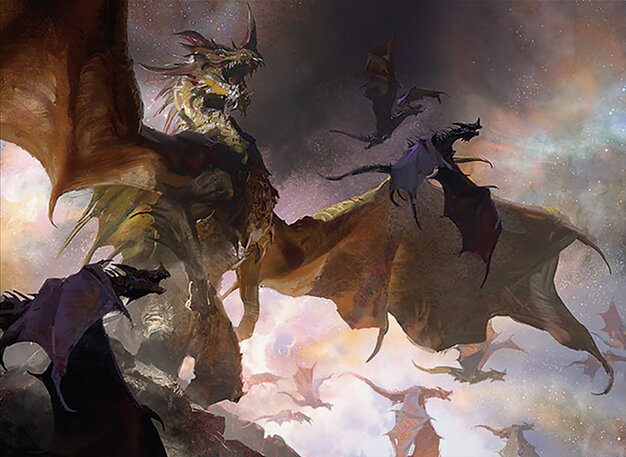
The Ur-Dragon
Focuses on casting Dragons with reduced costs via eminence, drawing cards when Dragons attack, and deploying large flying Dragons to overwhelm opponents.
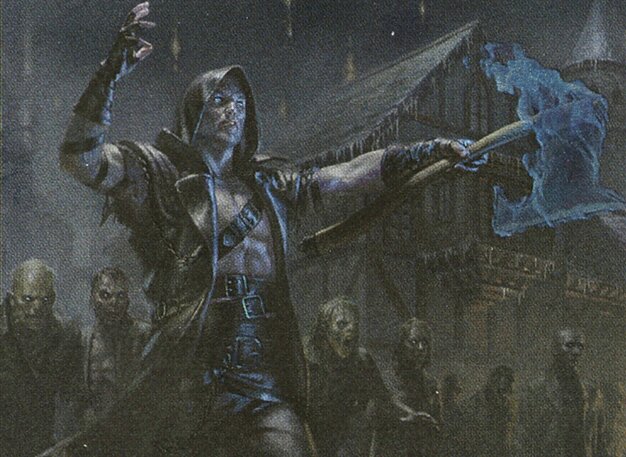
Wilhelt, the Rotcleaver
Generates Zombie tokens whenever other Zombies die and draws cards by sacrificing Zombies, building a resilient Zombie army with anthem effects.
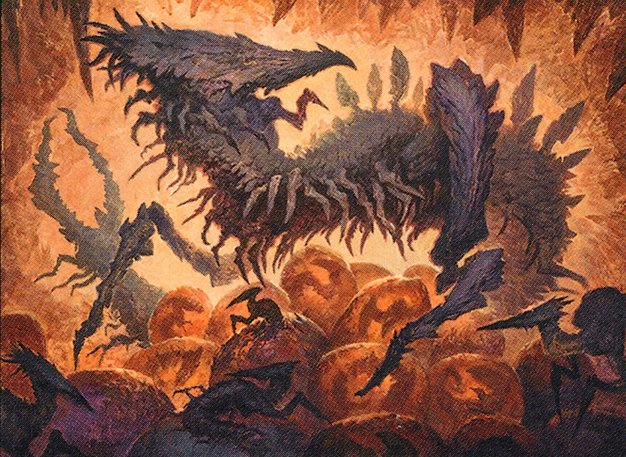
The First Sliver
Utilizes cascade on the commander and all Sliver spells to chain multiple casts, rapidly flooding the board with synergistic Slivers that boost each other.
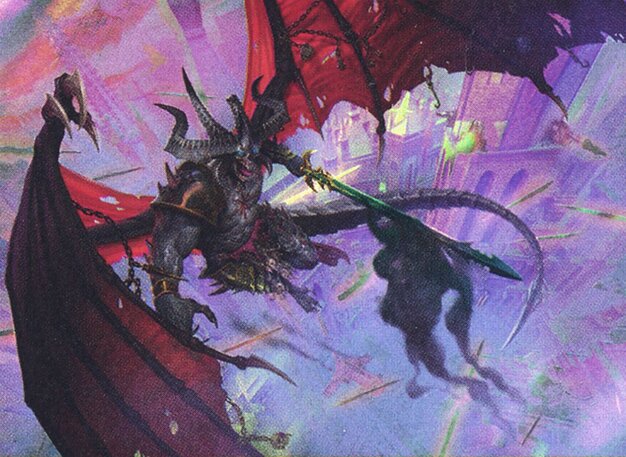
Be'lakor, the Dark Master
Employs demon tribal synergy, uses Cavern of Souls to ensure demons resolve, triggers damage on new demon arrivals, and applies removal to control the board.
Gameplay Insights
- 1
Using Cavern of Souls naming demons was crucial to ensure demon spells were uncounterable and resolved reliably.
- 2
Be'lakor’s triggered damage on demon arrivals served as both removal and control, limiting opponents’ board development.
- 3
Sliver cascade enabled multiple spells to be cast in a single turn, accelerating board presence and overwhelming opponents quickly.
- 4
Wilhelt’s token production combined with Death Baron’s death touch buff made blockers and attackers highly threatening.
- 5
The Ur-Dragon’s eminence ability and ramp lands allowed for explosive turns with multiple Dragons, maintaining card advantage and board dominance.
- 6
Esper Sentinel was used to tax opponents on their first noncreature spell each turn, gaining incremental card advantage.
Notable Cards
-

The Ur-Dragon
-

Wilhelt, the Rotcleaver
-

The First Sliver
-

Be'lakor, the Dark Master
-
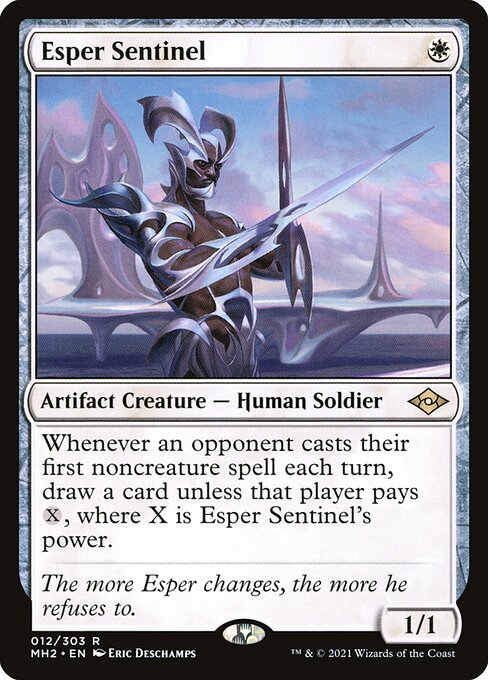
Esper Sentinel
-
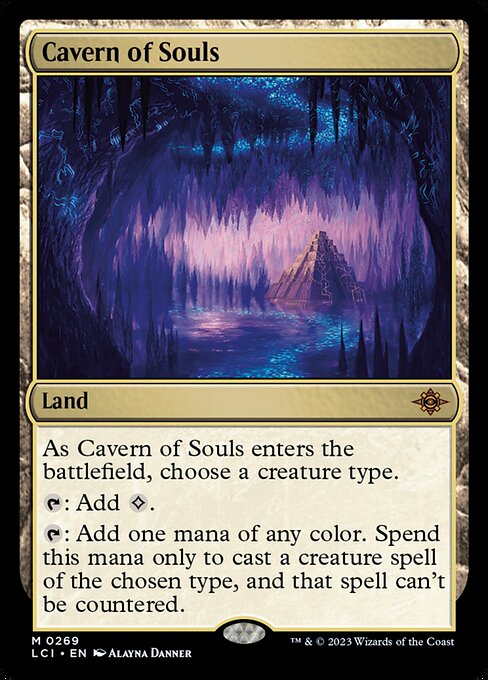
Cavern of Souls
-

Infernal Grasp
-
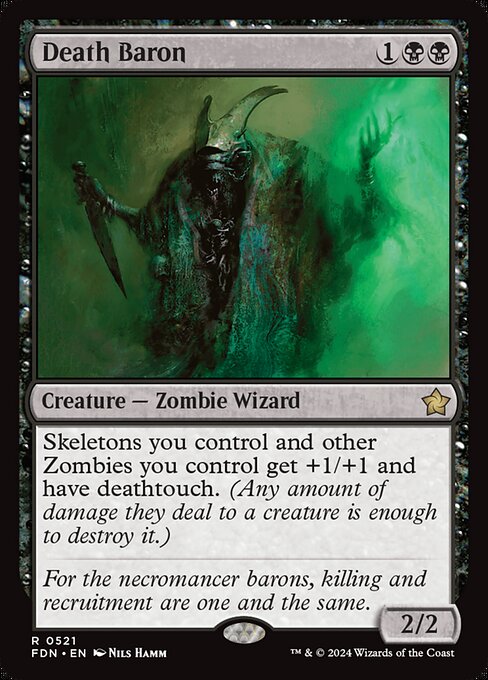
Death Baron
-
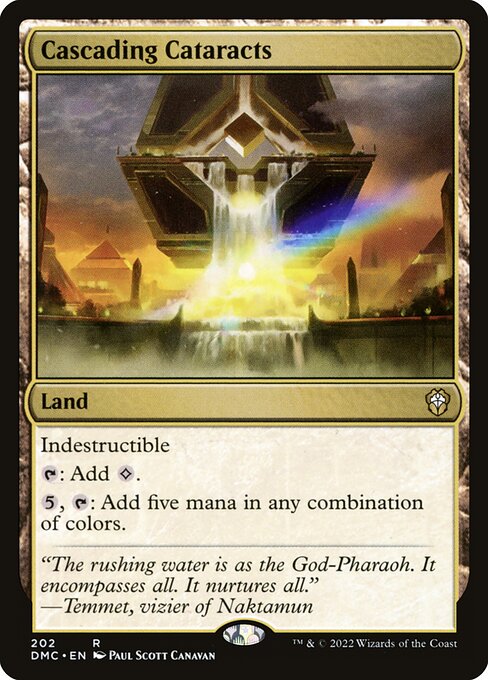
Cascading Cataracts
-
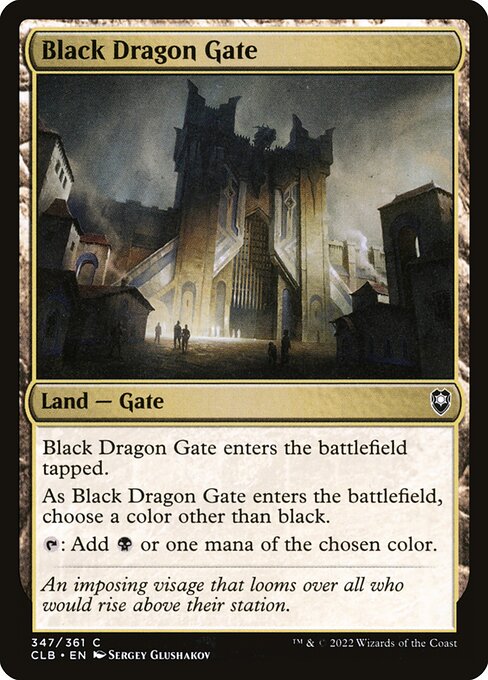
Black Dragon Gate
Gameplay Summary
The game started with four distinct tribal decks led by The Ur-Dragon (Dragons), Wilhelt, the Rotcleaver (Zombies), The First Sliver (Slivers), and Be'lakor, the Dark Master (Demons).
Early turns were largely focused on ramping mana and establishing the tribal theme boards.
The Ur-Dragon deck utilized its eminence ability to reduce Dragon spell costs and draw cards when attacking, enabling explosive plays with big flying creatures.
Wilhelt generated Zombie tokens whenever other Zombies died, creating a growing army that also benefited from anthem effects like Death Baron.
The Sliver deck leveraged cascade on its commander and Sliver spells to chain multiple casts, flooding the board with synergistic tribal creatures.
Be'lakor’s demon tribal deck used Cavern of Souls to protect demon spells from counterspells and triggered damage whenever demons entered the battlefield, maintaining board control through removal and damage output. Key turning points included Be'lakor’s Infernal Grasp removal early on, disrupting opponents' boards while drawing cards.
The Sliver player’s cascade mechanic allowed for multiple spells to be cast in one turn, generating significant board presence.
The Ur-Dragon player created Dragon tokens and used powerful ramp lands to accelerate into large threats like Dragon Master Outcast.
Wilhelt’s zombies received death touch buffs and incremental card draw, making the horde a threatening force.
The game featured strong synergy plays and incremental advantage generation.
The dominant win condition revolved around overwhelming opponents with tribal synergy—whether through the sheer power and card advantage of dragons, the relentless zombie token swarms, the cascading Sliver spells, or demon damage triggers from Be'lakor’s board. .


















![Commander Chaos: Dieser Joghurt war einfach OP | Herumkommandiert #11 | EDH Gameplay [Deutsch] thumbnail](https://i.ytimg.com/vi/kkVzzfyoM6A/sddefault.jpg)

![Random Deck Roulette Part 2 [Commander VS 292] | Magic: The Gathering Commander Gameplay thumbnail](https://i.ytimg.com/vi/hLpAcqwvWD0/sddefault.jpg)
![Commander VS S16E1: Ayula VS Urza VS The First Sliver VS Yawgmoth [EDH] thumbnail](https://i.ytimg.com/vi/tkuMVsCr0s4/sddefault.jpg)





![Commander Randomizer Part 2 [Commander VS 316] | Magic: the Gathering Commander Gameplay thumbnail](https://i.ytimg.com/vi/okRK1jVYfno/sddefault.jpg)
















